For professional reasons – aka reading Joe Aston – I have an online subscription to the Australian Financial Review. Its relentless promotion of a big Australia based on massive migration and its full embrace of the green dream does get me down, but there you are.
Last week I came across an opinion piece penned by new ‘independent’ member for Kooyong, Dr. Monique Ryan. Having read those jumbled, incoherent 800 or so words, the only conclusion is that Dr. Ryan is a loss to medicine because she is definitely not a gain to sound policy analysis.
To say the piece was all over the shop is to be kind. While praising the Albanese government’s plan to remove fringe benefits tax and the small five-per-cent tariff on electric vehicles, she somehow thinks that tightening the emissions standards that apply to internal combustion engine (ICE) vehicles will also contribute to the uptake of EVs. This is notwithstanding her assertion that these tighter standards will reduce the cost of running an ICE vehicle. Following?
It’s worth quoting the good doctor here. ‘What is the key to unlocking the EV supply chain? Fuel efficiency standards would incentivise manufacturers to bring in their low- and zero-emissions vehicles to Australia – and penalise them for failing to do so.’
According to Dr. Ryan, ‘the Albanese government must introduce robust fuel-efficiency standards equivalent to global best standards. These will cost nothing (sic) but will ensure manufacturers supply a greater range of affordable EVs to our market, rather than being offered only polluting ICE vehicles and the luxury end of the EV market.’
I’m certainly prepared to concede that without a medical degree, I’m finding her ‘logic’ hard to follow. But let me put her straight on a few facts. (Yes, I know the Teals are above facts, but not readers of the Speccie.)
It is true that the fuel emissions standards that apply to the sale of ICE vehicles here are different from those that apply in other parts of the world, including the UK, Europe and the US. Indeed, the previous government looked into bringing our standards in line with Euro 6 which applies in the European Union. These standards involve lower CO2 emissions per kilometre as well as greater fuel efficiency.
But here’s one of the rubs, our two remaining oil refineries cannot currently comply with these standards and would likely close in the event of Euro 6 being enforced, at least in the next several years. (Dealing with the sulphur problem is achievable, but it’s the aromatics issue that hasn’t been solved at this stage, according to my expert friend.)
It’s certainly the case that no refineries are located within Kooyong, but surely Dr. Ryan would be concerned on national security grounds were our refineries to close down. She even mentions the International Energy Agency’s standard on minimum stock holding requirements for liquid fuels as an issue.
Ryan does provide some useful figures on why either enforcing new emissions standards or giving further legs-up to EVs won’t be changing the climate dial anytime soon. There are some 24 million cars on the road at the moment and the average lifetime on the road is 15 years.
It’s the classic stock and flow problem. Forcing higher standards on new car purchases does nothing much to alter the emissions of the much greater stock of cars on the roads.
She then jumps to the unintelligible proposition that ‘electrified transport can be powered by renewable energy. The zero emissions running these vehicles will decrease our carbon emissions by 10 per cent.’ Mind you, she doesn’t give any time frame for this reduction. The fact is that EVs currently account for just 1 per cent of vehicles on the road in Australia. They are expensive and the charging infrastructure is grossly inadequate. According to recent figures, they are about to get even more expensive given the rapid escalation in the cost of batteries. As for the claim that they will be powered by renewable energy, any connection to the grid currently involves around 60 per cent coal-fired power. As they say in the science books, an electron is an electron. (We presume that Monique excelled at high school science.)
She also overlooks the emissions involved in the manufacture of EVs. Most estimates put the emissions intensity of EV manufacture at around 40 per cent higher than ICE vehicle manufacture. This is principally because of the batteries that are replete with rare minerals. It is not until an EV has travelled around 100,000 kilometres that the lower emissions outclass an ordinary car.
Let’s face it, EVs in Australia are a niche purchase for virtue-signalling wealthy types – there is often an ICE vehicle within the family too – and some businesses. Electricity powering can also suit taxis or share driving as well as urban delivery. But we are a very long way from EVs making any noticeable impact on Australia’s emissions. The facts that we have right-hand driving and we are a vast distance from where EVs are manufactured will mean that the options for this type of purchase will remain limited for some time.
No doubt the Teals will continue to utter more policy vibes along these lines. Their proposal that emissions should be cut by 60 per cent by 2030 – Labor’s policy is 43 per cent which is damaging enough – is just a bad dream. But no doubt they will continue to spout platitudes about all the jobs that will be created and that the transition will cost nothing (sic).
It was surely ironic that when Allegra Spender, another Teal member of parliament, was asked whether she drove an EV, her excuse was that she doesn’t have a garage or off-street parking. As a result it would be too difficult to charge up an EV.
Join the club, honey. It is estimated that at least a third of Australian households do not live in premises that would allow EV charging at home. Moreover, the need for three-phase power to enable fast charging limits at-home charging because three-phase power can only be supplied to a fraction of dwellings in an area without a complete (and expensive) transformation of local distribution systems.
So, here’s my advice. If you have a medical issue, think about shooting off an email to Dr. Ryan, although she is a specialist in paediatric neurology – a narrow field by any measure. Just don’t bother on a substantive policy topic.
Got something to add? Join the discussion and comment below.
Get 10 issues for just $10
Subscribe to The Spectator Australia today for the next 10 magazine issues, plus full online access, for just $10.
You might disagree with half of it, but you’ll enjoy reading all of it. Try your first month for free, then just $2 a week for the remainder of your first year.

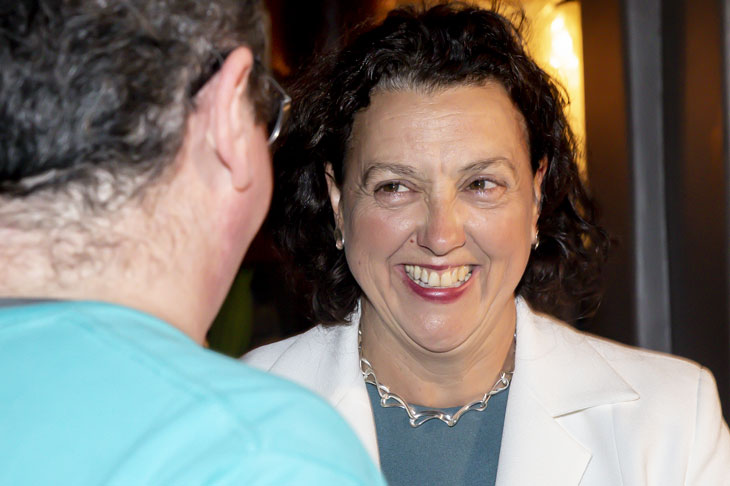
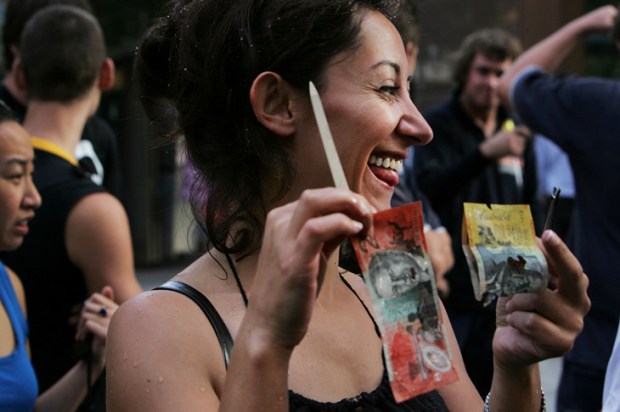
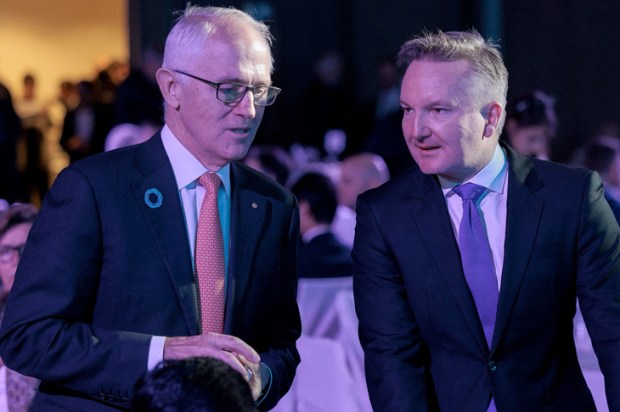
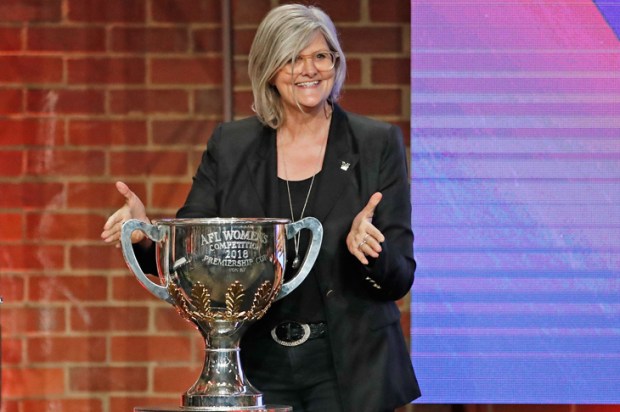

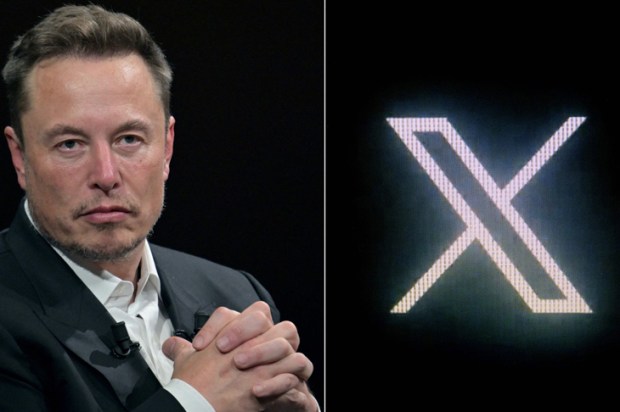







Comments
Don't miss out
Join the conversation with other Spectator Australia readers. Subscribe to leave a comment.
SUBSCRIBEAlready a subscriber? Log in